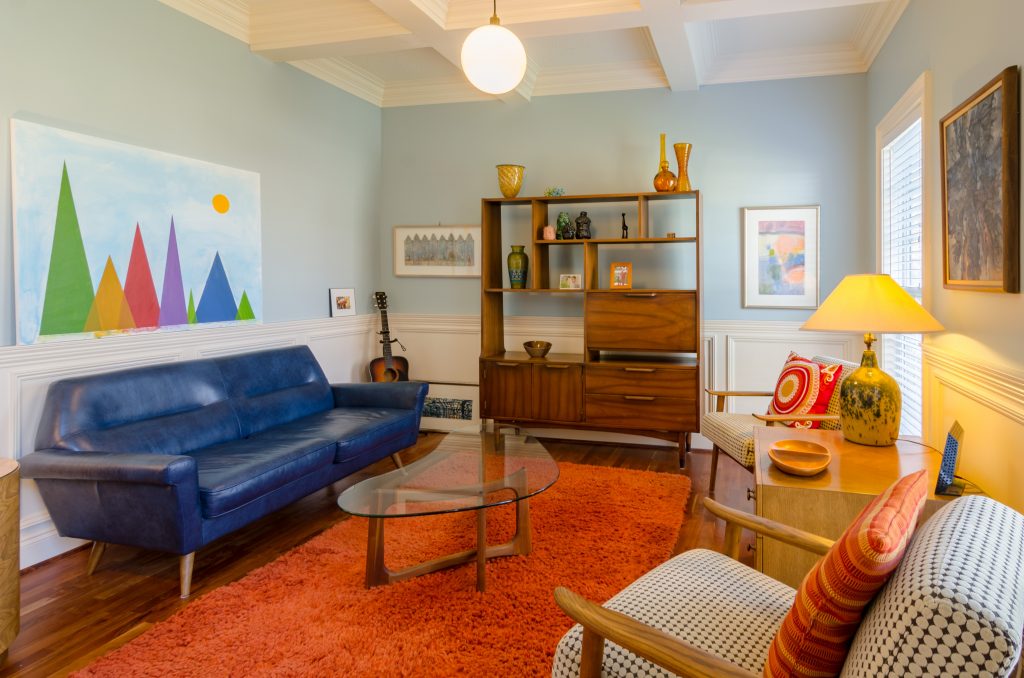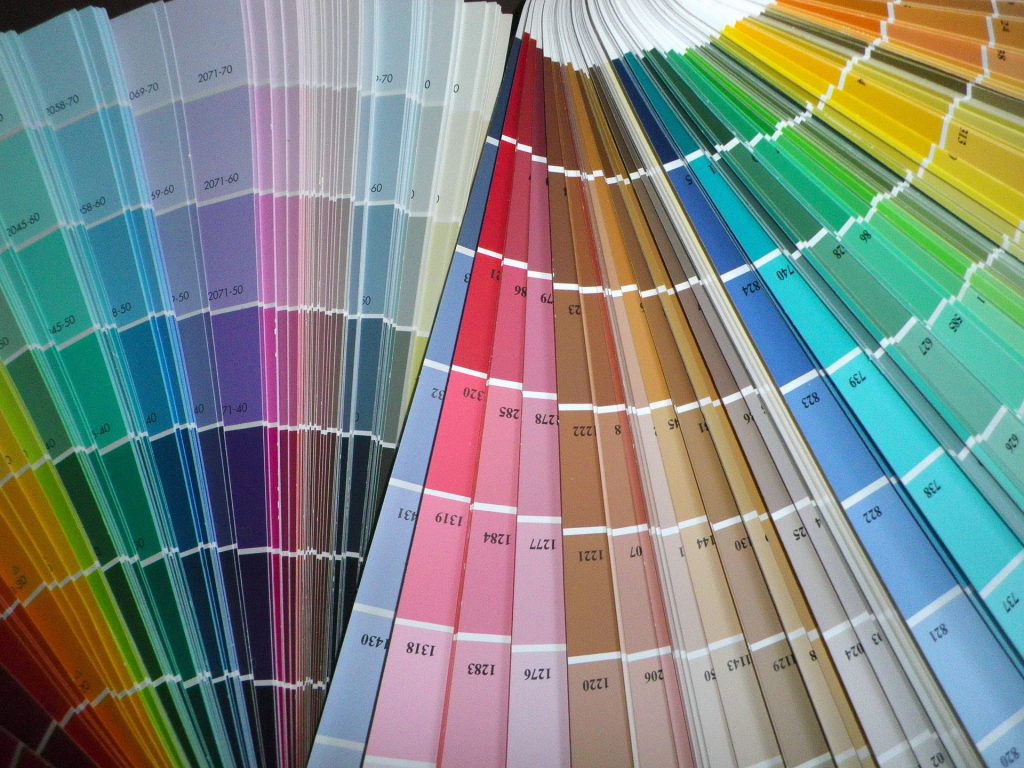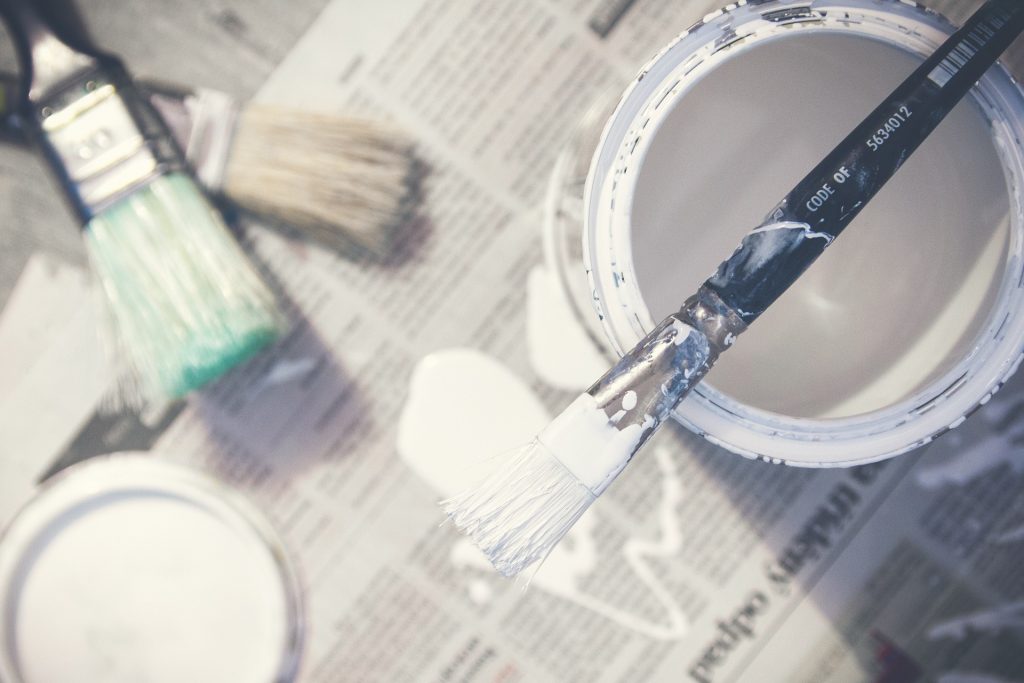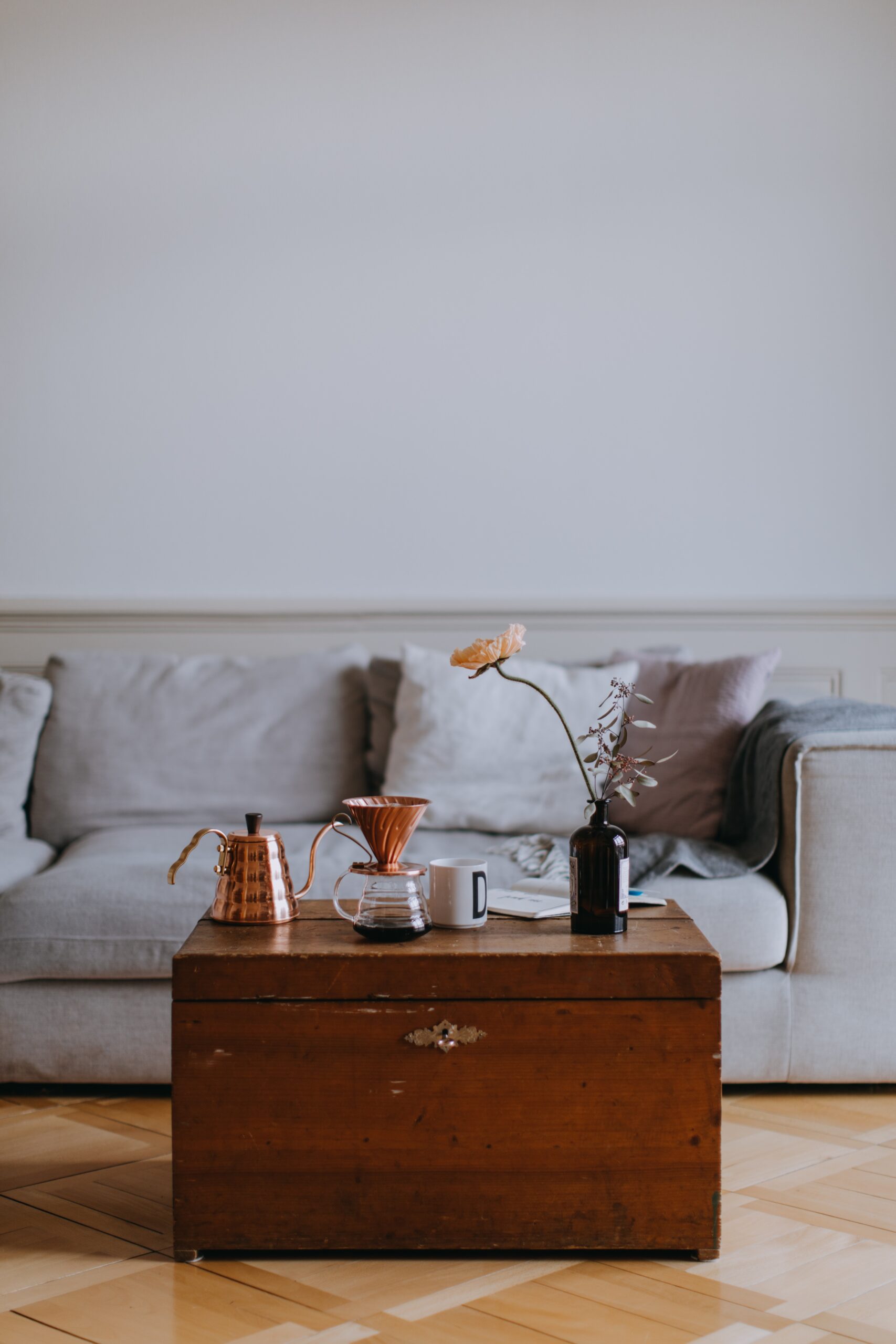How to Achieve the Outcome You Desire
Whether you’re repainting a room, painting the interior of an addition or the whole house interior for the first time, painting is a transformational experience. The question is what kind of transformation are you after?

Painting can turn the dull into the exciting.
It can also turn expectations into disaster. In this week’s solution I will give you some insight from my forty years of experience to help prevent that from happening.
Where to begin. There’s a lot of work that needs to be done before you ever start doing any physical work. Before you pick up a brush or roller you need to:
Determine the right paint. This should be determined by what the room will be used for. Is it a kitchen or a bathroom where it is likely to be splashed and splattered? Is it a kid’s room where it will have little messy hands coloring pictures on it? Is it a family/living area where most of the activities won’t involve the walls beyond their appearance? Another thing to consider is the quality of the paint. Better-quality paints have more pigment and cover better, wear better and last longer.
- Latex (water base) – Dries quickly, easy clean up with water, works great on drywall.
- Oil / Alkyd – Slower drying, more durable, requires mineral spirts for clean up, great for wood trim and areas that need more cleaning.
- Sheen – This is the amount of reflectivity or shininess of the finish. Not that many years back you had choices of flat, satin, semi-gloss and gloss. Now depending on the manufacturer there are a lot more including pearl, matte, egg-shell, low luster, medium luster, etc.

Pick your colors. This requires an increased awareness to your surroundings. What colors you like, or don’t like? You may not even know why and that’s okay. What matters is how it makes you feel. Look at the interiors of buildings and homes, where ever you go. Look online at similar spaces to the one you’re going to be painting. Sherwin-Williams has an online service that will allow you to experiment with colors on your project before you ever put any paint on the wall.
Get sample cards and see how they look in the room. Every room has its own natural and artificial light. The color will also be affected by colors of things in the area. After narrowing the choices to a few, get small quantities of samples and paint them on the wall to see how they look. At this point the colors can be altered some to get the right color.
You also need to consider the other people who will be sharing this space. They may not like the colors you do. This may not matter to anyone but you, but if it’s important to the others their input needs to be included in making the final decision.

After determining the right paint to use and picking your colors, you’ve completed the first step of your interior paint project. Next week we’ll discuss the tools you need to complete your exciting painting project.

